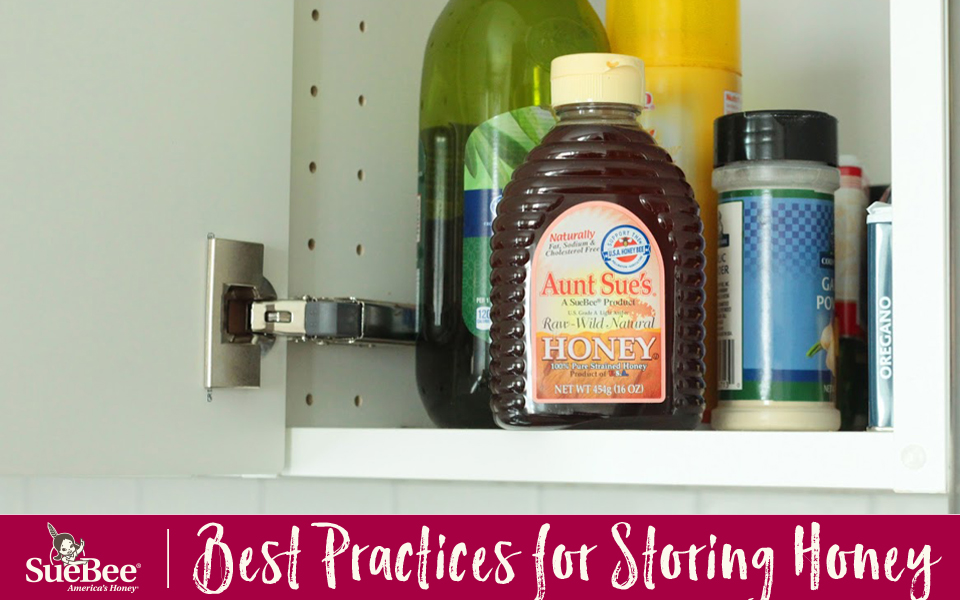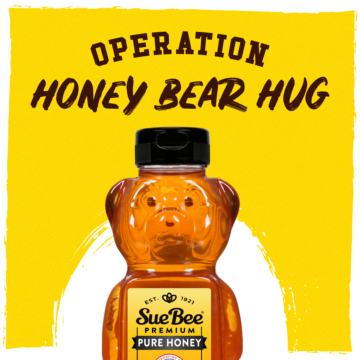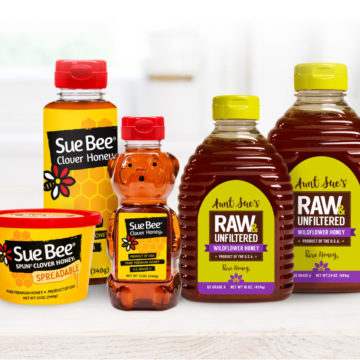Best Practices for Storing Honey
One of the greatest facts about honey is that it doesn’t spoil! However, honey is susceptible to physical and chemical changes over time. It can lose its aroma and flavor and it also tends to darken. Because the preservation of honey is dependent upon temperature, the shelf life of honey is difficult to define. For practical – and commercial – purposes, a shelf life of two years is often stated. Properly stored honey, though, retains its quality for much longer than that, which is why it’s extremely important to store your honey following these guidelines:

Keep honey in sealed container.
Because honey contains little water, bacteria don’t grow easily, but improperly sealed containers could allow moisture in. Keeping your honey in the original container that you bought it in is recommended, and after use, make sure the lid is on tight so moisture and odors can’t sneak in. Glass jars with lids are also ideal for storing honey as long as the lids are on tight so the honey won’t be exposed to air, while not being used. It isn’t recommended to store your honey in non-food plastic containers or metal containers because they can cause honey to oxidize.
Keep container in an area that will stay at average room temperature.
Because honey is best stored at room temperature (somewhere between 64 to 75 F), keeping your container of honey on a shelf or in your pantry is recommended. Exposing your honey to warmer temperatures, from direct sunlight or other type of direct heat (like your stove or oven) can cause darkening and subtle flavor changes so try to avoid those areas of your kitchen.
Do not refrigerate honey.
Keeping your honey in the refrigerator preserves it but the cool temperatures will cause your honey to form a semi-solid mass, so this method of storage is not recommended.
Freeze honey only if necessary.
Storing your honey in the freezer also preserves your honey but it doesn’t promote granulation because the temperatures are too cold for any crystals to form. However, it does make dispensing very difficult. If you are buying large containers of honey that granulate before you are able to finish them, pour a manageable amount of honey into a smaller container that you can use in your kitchen or at your table. Keep the rest of the honey in the original larger container and store in the freezer. When necessary, warm the honey to easily refill the small container and place the larger container back in the freezer. Before refilling the small container, be sure to check that there are no crystals that could act as “seed” for the new honey to granulate around.
After following these steps, if granulation still occurs – a natural characteristic of pure honey, which does not harm it or indicate any deterioration of the honey – it can easily be reversed without harming the honey. Follow these three simple steps and your honey will be back to its original liquid form in no time!



